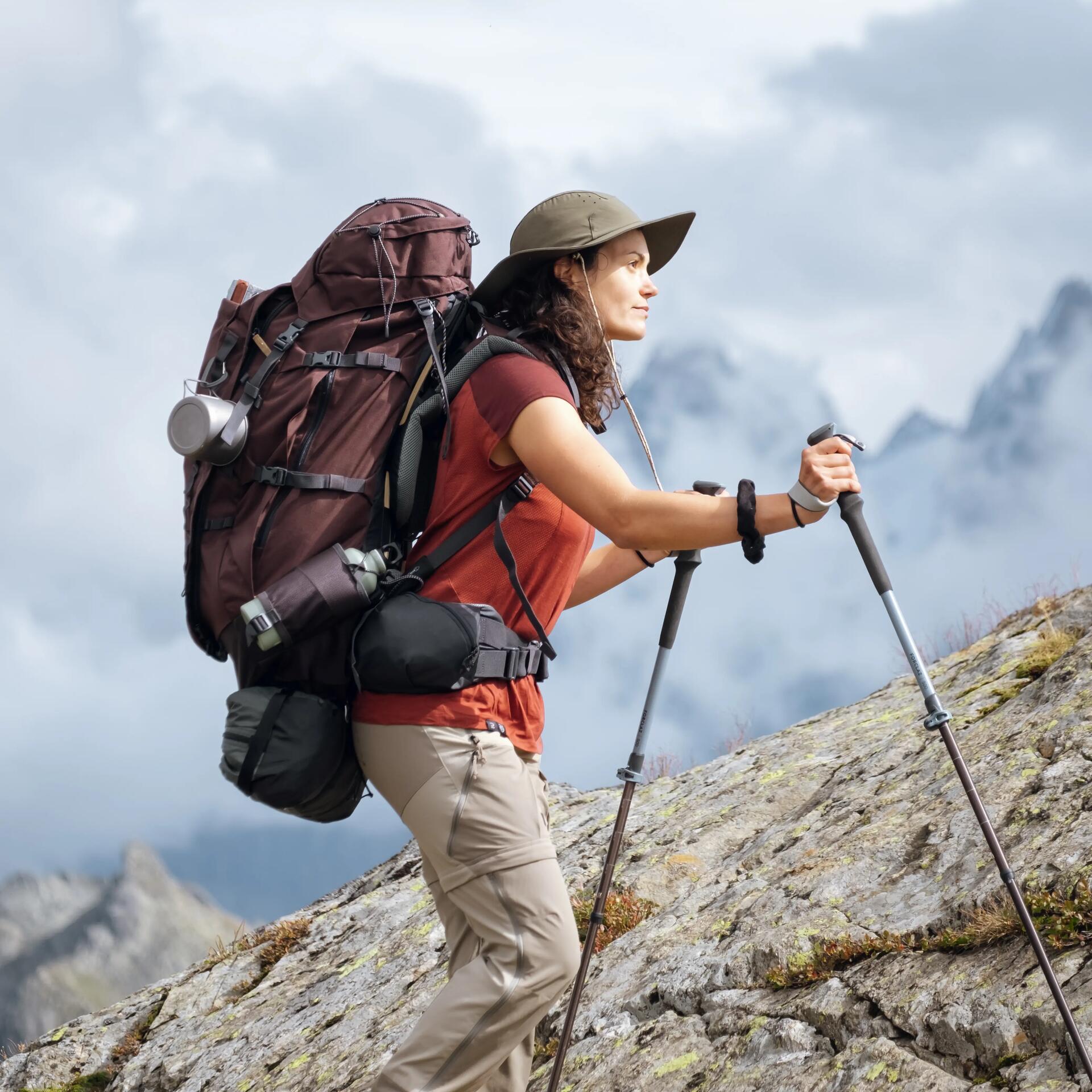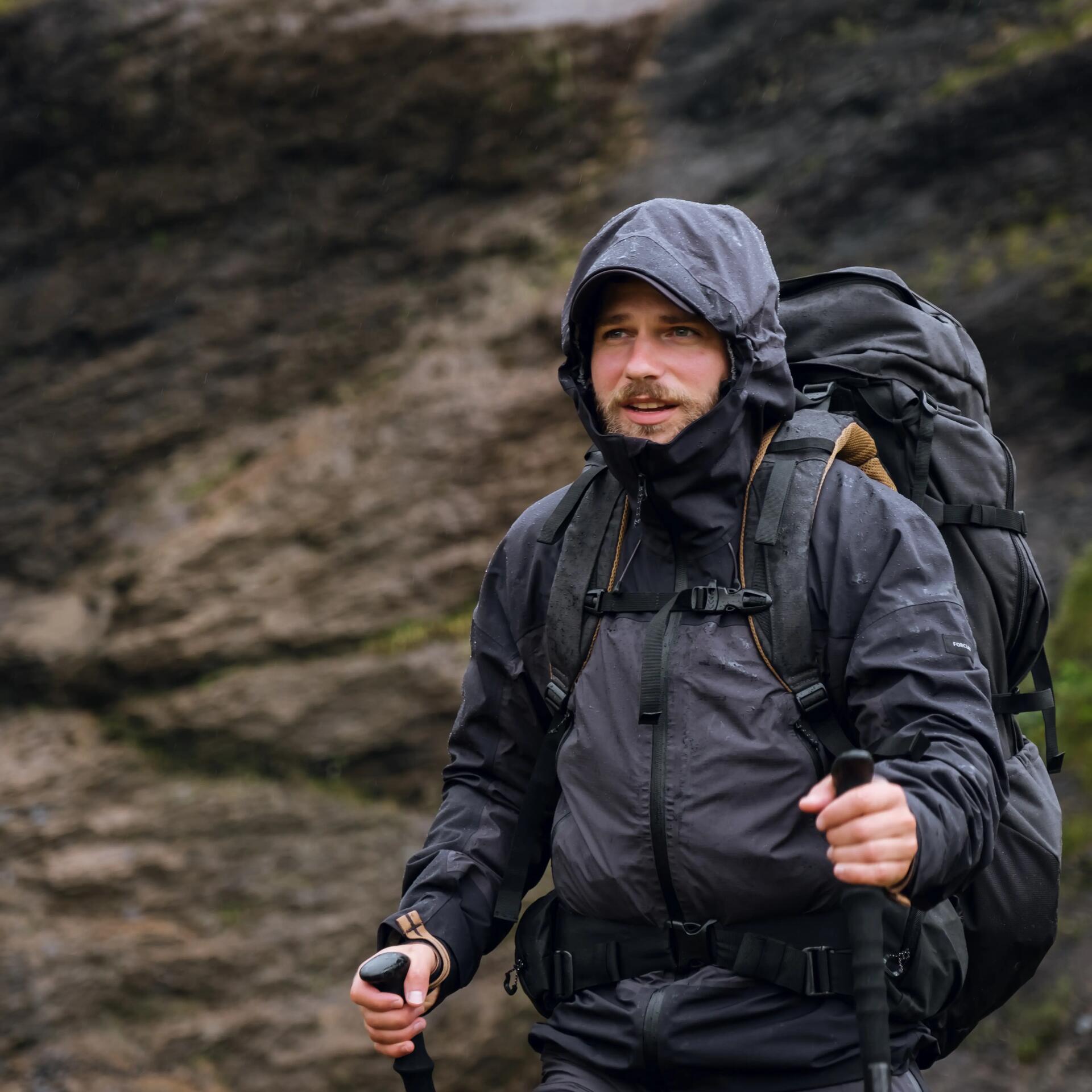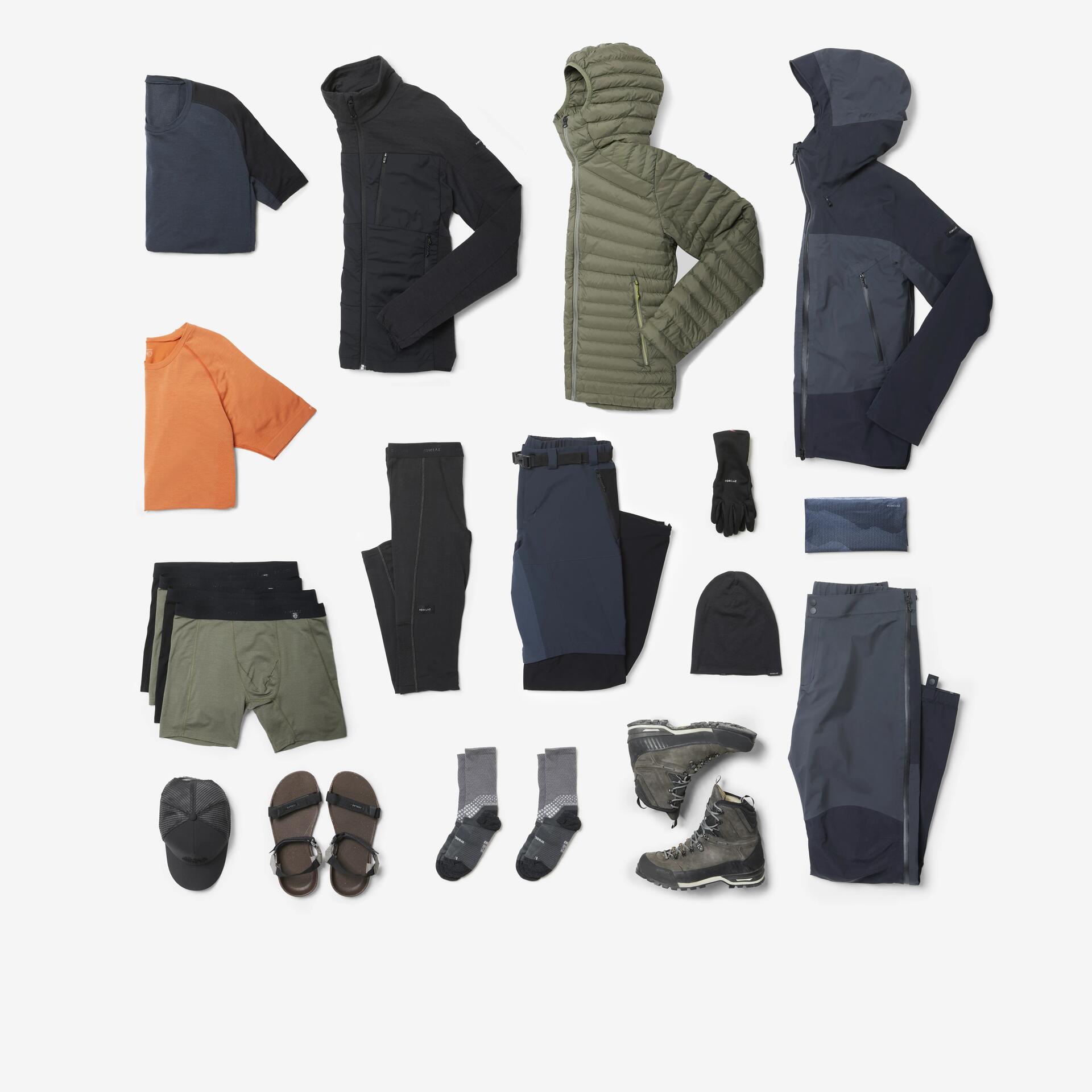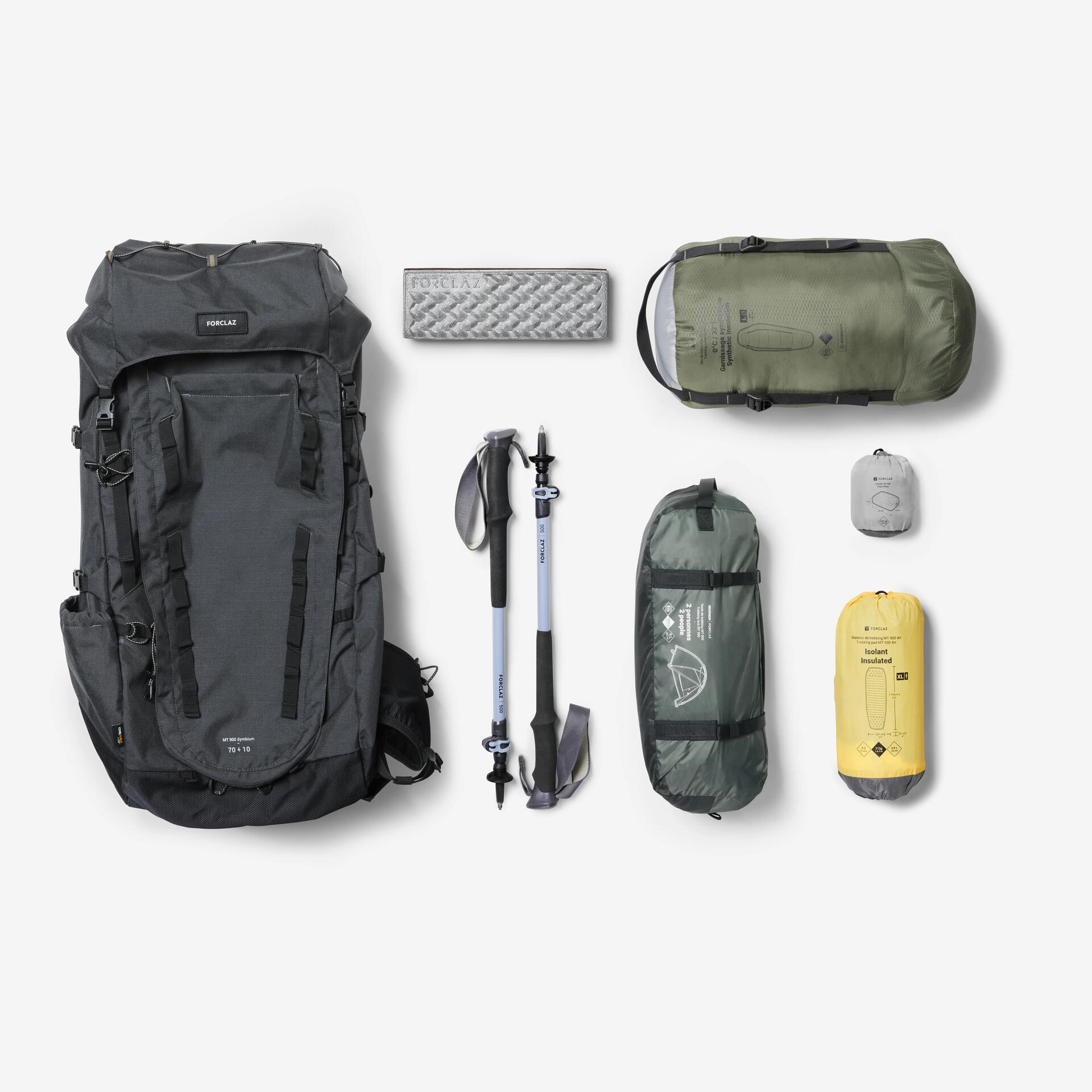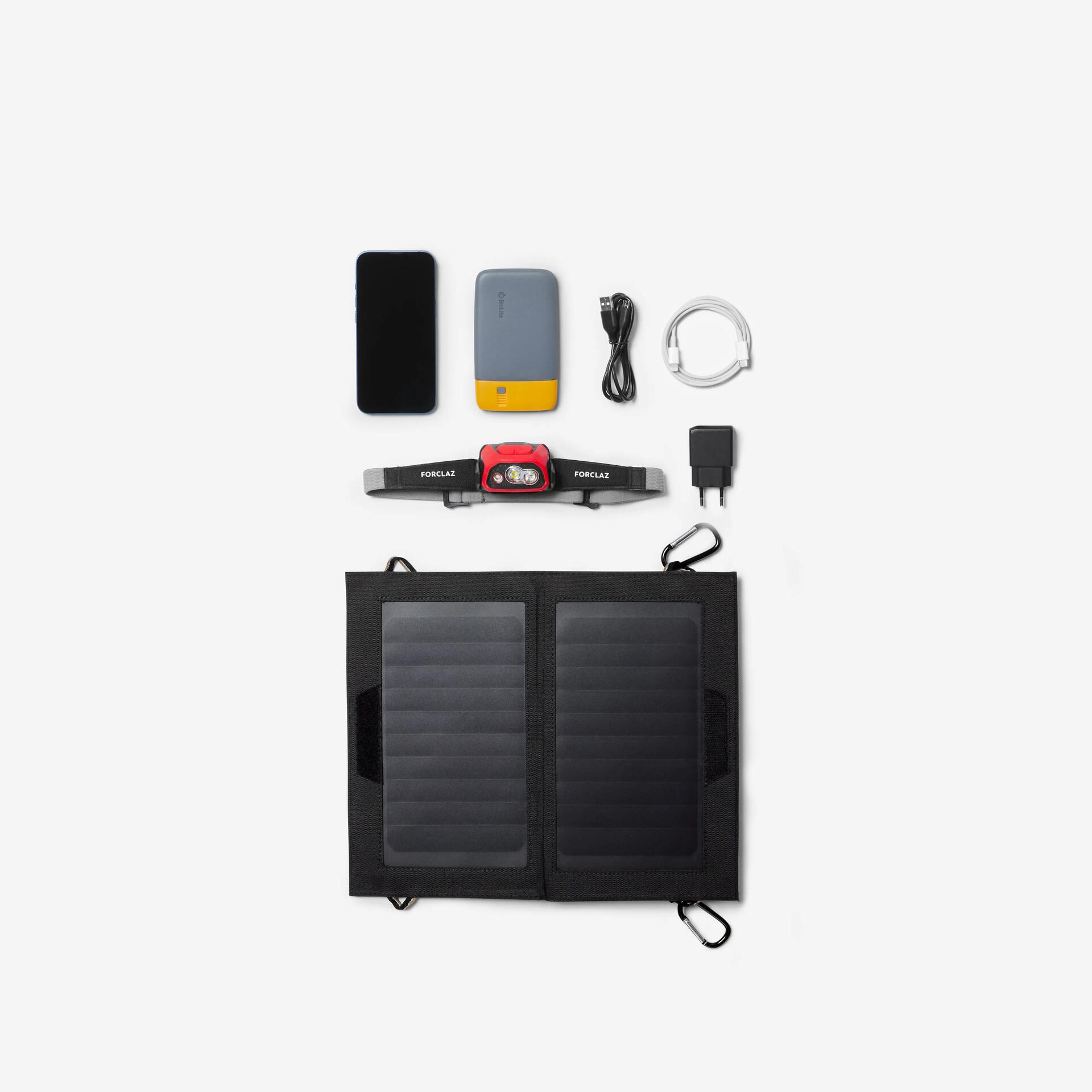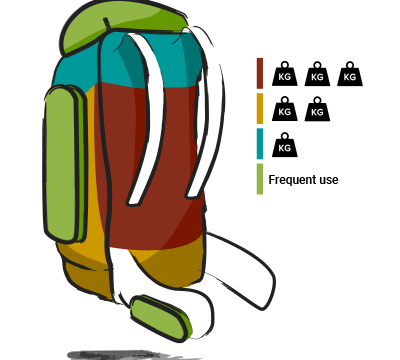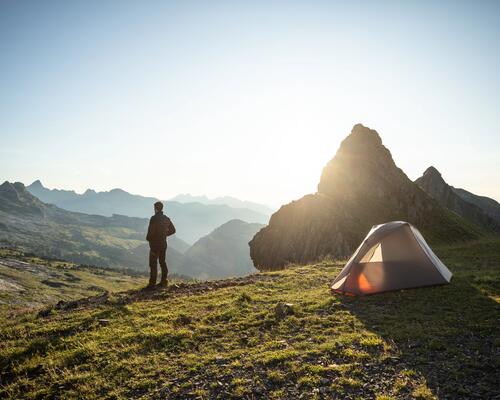Is this your first trek?
Welcome to the community!
Things to know before you set off
When you set off to spend several days in the mountains alone, you need to be ready for all possible situations: weather changes, rest time, meals, etc. Preparing your equipment is a very important part of your trek.
The main thing to remember is that your equipment must be:
- Resistant and reliable – it mustn’t let you down along the way.
- Lightweight and compact because you’ll be carrying your bag and emptying/refilling it several times.
- Comfortable and secure because you’ll be walking for a long time in varying weather conditions. The most difficult thing is to figure out what you need in terms of comfort and protection!
If this is your first time trekking in the mountains, it is best to make plans to sleep in a refuge. This reduces the amount of equipment you need to take with you and therefore makes your bag lighter.
Hygiene is a personal matter and some people are reluctant to go without a wash for several days. Therefore, if the refuge has showers, it can be a good option. It is important to note that most refuges require prior booking: make all the necessary arrangements before you set off!
Whatever you choose, one thing is for sure: you are going to have an unforgettable experience in the mountains!
In order to continue to enjoy the beauty of these natural areas in the long term, it is everyone's duty to hike in a responsible manner.
Below is a list of the essential equipment you’ll need for a 4-day hike: change it to suit the levels of comfort that you’re used to, your specific needs, the duration of your trek and the weather conditions.

